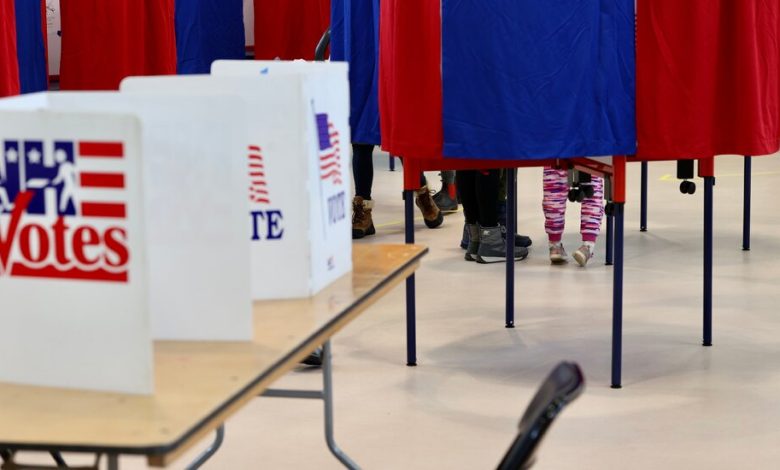Are We in the Midst of a Political Realignment?


Voting patterns have changed a lot in the last decade.Credit…Cody O’Loughlin for The New York Times
We’re trying to find more ways to weigh in on the political conversation as the tempo of the campaign picks up.
This is our first try: a weekly roundup newsletter, offering thoughts on some of the bigger questions of the week and a few of our favorite links. There will also be an opportunity to answer occasional reader questions.
Racial realignment?
“Realignment” is the holy grail of American politics — the fantasy of every political consultant who wants to usher in a new era of Democratic or Republican dominance.
What’s a realignment? It’s a lasting shift in the partisan allegiance of the country, or at least a large demographic group. Think, for instance, of the rise of Franklin D. Roosevelt’s New Deal coalition, or the realignment of the South from Democrats to Republicans after the enactment of the Civil Rights Act. These are epochal, defining moments in American history.
With that in mind, try to imagine how wide my eyes got when I read an article in The Financial Times arguing that America is undergoing a “racial realignment,” seemingly based on the results of our last New York Times/Siena College poll, which found President Biden leading by a slim 10 points among nonwhite voters, a group that usually backs Democrats by 50-plus points.
This claim strikes me as, at best, premature. The general election campaign is barely underway, and poll results in February do not constitute a realignment. As we have written several times: No one should be remotely surprised if Mr. Biden ultimately reassembles his support among Black and Latino voters. Alternately, many of the dissenting voters may simply stay home, as they did in the midterms. This would be bad for Mr. Biden, but it would be no realignment.
